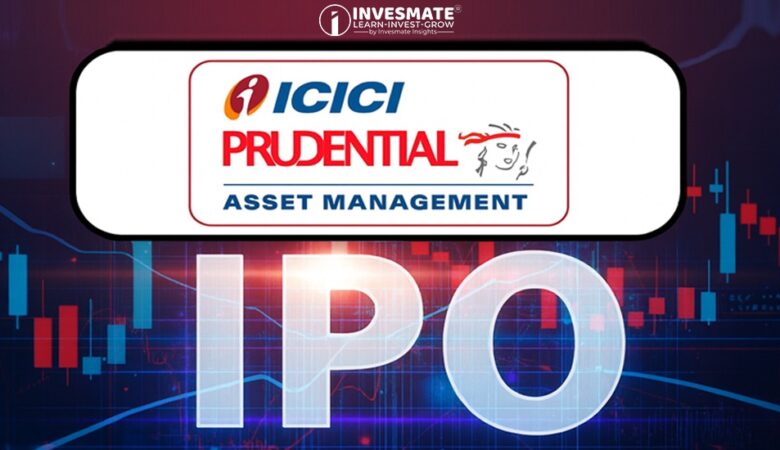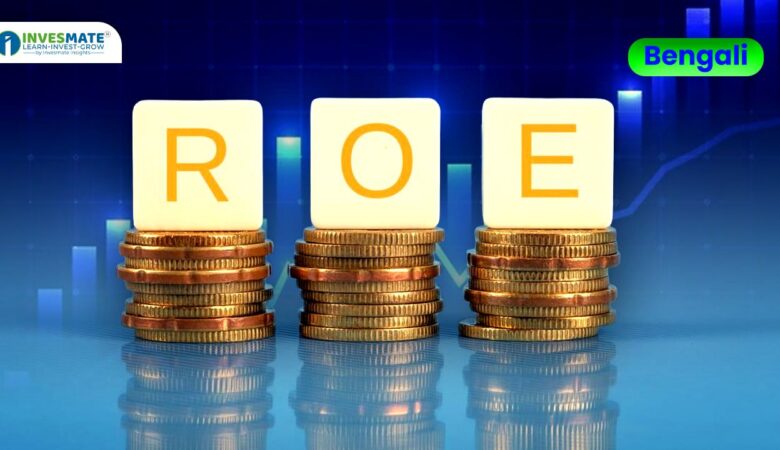2025 সালের December-এর প্রথম সপ্তাহ ভারতের Aviation Industry-র ইতিহাসে বহু বছর ধরে উদাহরণ হিসেবে থাকবে। কয়েকটি Delay দিয়ে শুরু হওয়া সমস্যা কয়েক ঘণ্টার মধ্যেই পরিণত হয় এক Full-Blown Operational Meltdown-এ। দেশের সবচেয়ে বড় Airline...
IndiGo Crisis: Chart-এর আড়ালের Turbulence—Investor Confidence-এ কী প্রভাব ফেলল?
2025 সালের December-এর প্রথম সপ্তাহ ভারতের Aviation Industry-র ইতিহাসে বহু বছর ধরে উদাহরণ হিসেবে থাকবে। কয়েকটি Delay দিয়ে শুরু...
REITs সম্পর্কে সহজ ধারণা
🔰আপনি কি জানেন, REITs খুব কম টাকায় Real Estate-এ বিনিয়োগ করার সুযোগ দিতে পারে? 🤔 👉🏻বিস্তারিত জানতে পড়েনিন আমাদের...
A Simple Understanding of REITs
🔰Did you know that REITs allow you to invest in real estate with a very small amount of money?...
ICICI Prudential-এর IPO Analysis: ভারতের Most Profitable Fund House-এর প্রয়োজনীয় সব তথ্য
ভারতের Mutual Fund Industry দ্রুত বাড়ছে, আর সেই Growth-এর কেন্দ্রেই রয়েছে দেশের সবচেয়ে Profitable Asset Manager—ICICI Prudential AMC। 10.1...
কোম্পানির Performance Analysis করার নির্ভরযোগ্য উপায়
Stock Market-এ Invest করার সময় কি কখনো ভেবেছেন— যে Company-তে আপনি টাকা লাগাচ্ছেন, সেটি আদৌ ভালো Perform করছে কি...
কোম্পানির Performance Analysis করার নির্ভরযোগ্য উপায়
Stock Market-এ Invest করার সময় কি কখনো ভেবেছেন— যে Company-তে আপনি টাকা লাগাচ্ছেন, সেটি আদৌ ভালো Perform করছে কি...
ROE (Return On Equity) কী?
🔰বিনিয়োগ করার আগে ROE(Return On Equity) বোঝা কেন গুরুত্বপূর্ণ? 👉🏻বিস্তারিত জানতে পড়েনিন আমাদের এই পোস্টটি । #ROE #ROE_Formula #ROE_Matters...
What is ROE (Return on Equity)?
🔰 Why is it important to understand ROE (Return on Equity) before investing? 👉🏻 To learn more, check out...
Meesho-র IPO Analysis: Growth, Risk এবং Opportunity মিলিয়ে কোম্পানিটির প্রয়োজনীয় সব তথ্য
আপনি যদি India-তে Online Shopping করে থাকেন, তাহলে খুব সম্ভবত আপনিও হয়তো Meesho-এর ব্যবহার করেছেন বা কোম্পানিটির বিষয় প্রাথমিক...
ETF vs Index Fund: Difference কী?
🔰ETF এবং Index Fund: এদের মধ্যে ঠিক কী পার্থক্য রয়েছে?👉🏻বিস্তারিত জানতে পড়ে নিন আমাদের এই পোস্টটি। #IndexFund_ETF #Goal #Key_Differences...










